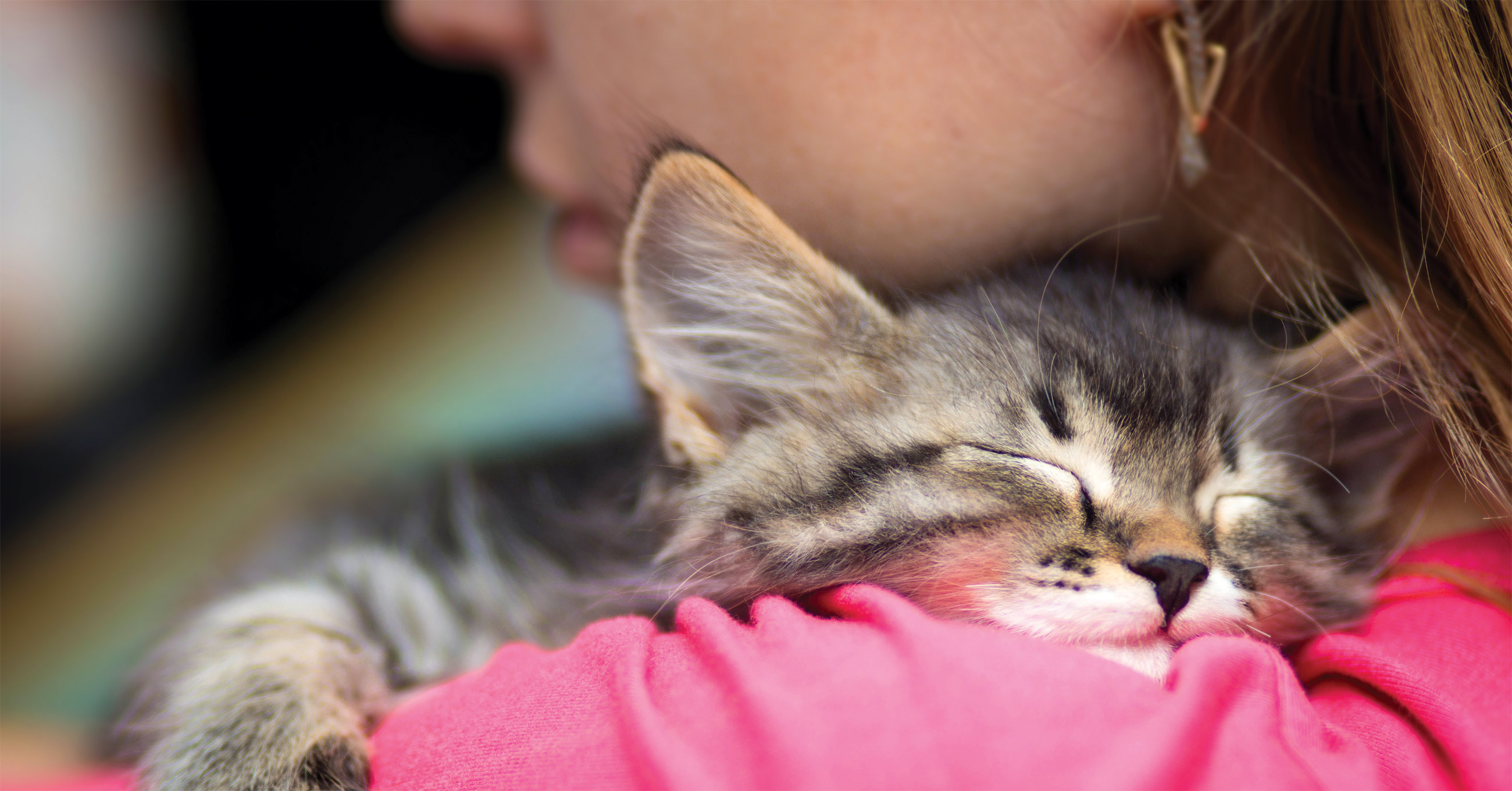How to Introduce Your Children to a Pet Kitten

Hailey Jones wanted a kitten and she wasn't taking no for an answer. She made it her mission to bring a new cat into her family's home in Vienna, Virginia. When a 5-year-old girl sets her mind to a mission, rarely does she fail.
Three years ago, Nora Jones and her husband finally gave in to then 5-year-old Hailey's pleas. "We knew it could work," Jones says, "because we set some ground rules for having the kitten and explained to both girls the proper way to interact with her."
Jones was on the right track. Adam Denish, DVM, owner of a private practice in Philadelphia, says kittens and other pets "make wonderful companions for children and can teach them values we all need to develop: humanity, compassion, understanding, responsibility and sorrow."
Nine Tips for Introducing a Kitten into Your Home
If your children are under 6 years old and you want to add a kitten to your family's collection of pets, here are some pointers to keep in mind:
- Take charge. "Young children can't be in charge of a pet," says Gail F. Melson, Ph.D., and Professor of Child Development at Purdue University in Lafayette, Indiana. Children should not be expected to feed a cat or monitor its intake—only an adult can do this.
- Introduce carefully. Be sure to introduce your kitten gradually to your other pets.
- Involve your child. Being in charge doesn't mean excluding your youngster from helping out. A young child can help with shopping, naming, feeding and changing the litter box as long as a parent supervises. Visits to the veterinarian are also an excellent way for children to learn about kitten care. In fact, Dr. Denish says, "Your children should be present at veterinary examinations to learn about their friend."
- Share information. If you're thinking about adding a cat to your family, find out about feline health and behaviour before adopting. Share the information you learn with your whole family.
- Provide proper nutrition. It's especially important to feed your kitten a high-quality food like IAMS Kitten Formulas, since the most growth occurs in the first 9 to 12 months of life. These Premium foods are specially formulated to supply energy for growing cells, support high activity levels and meet the demands of small mouths and teeth and a smaller stomach capacity.
- Be realistic. A new kitten won't be low maintenance. Kittens have high energy levels. As they explore their new home, they may use a plant for a toilet or knock things over in their enthusiasm. If such bedlam is too much for you, think twice about adopting.
- Set ground rules. Hailey and Grace were taught not to pull Cricket's tail or bother her while she ate. They also learned how to pet the kitten properly. Children should also learn not to corner a kitten.
- Find the right toys. Kittens are more likely than cats to bite, nip and scratch while playing. The best toys are those which your hands aren't near where the cat will pounce. Some safe choices include soft toys, such as feathers or balls-the bouncier the better. Avoid toys that have sharp edges, strings or parts that your cat might swallow.
- Monitor carefully. Nora Jones wouldn't allow Grace to be alone with Cricket when the pet was a young kitten. Experts agree that you shouldn't leave a child and a kitten alone together until you're sure they'll play well with each other.

